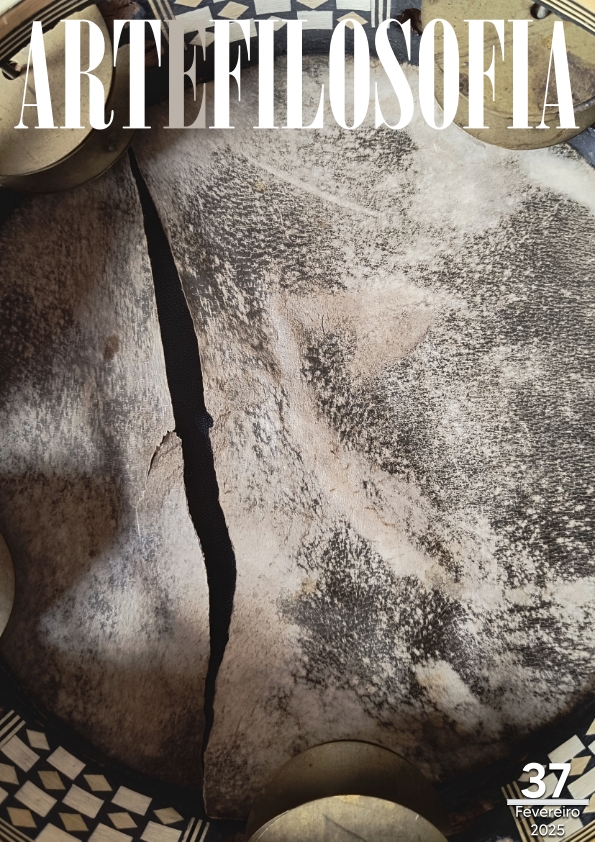Filosofia e literatura segundo Arthur Danto
Abstract
The article's starting point refers to Arthur Danto's approaches from the early sixties on the possible indiscernibility between artworks and mere things, notably Andy Warhol's Brillo Boxes. As it is widely known, Danto developed the viewpoint of his 1964 article "The Artword" extensively in his 1981 book The Transfiguration of the Common Place, delving into the question of the conditions under which objects of everyday life turn to Artworks. Danto's philosophical inquiry about this topic went on, still in the eighties, incorporating elements of the recurrent discussion in the 20th century on the end of art, enriched by an appropriation of Hegel's Lessons on Aesthetics, according to which, after art completed its historical cycle, it reaches its end, just surviving without ontological substance. Danto's point now is that the mentioned indiscernibility between artworks and prosaic things means exactly the age after the end of art, in which, on the one hand, artworks no longer carry the responsibility of indicating their philosophical content and, on the other hand, can enjoy a carefree existence as "post-historical" art. Danto's point of view broadened to a discussion of literature and its relationship to philosophy in at least two essays compiled in the anthology The Philosophical Disenfranchisement of Art: "Philosophy as/and/of Literature" and "Philosophising Literature" which constitute the hard core of this analysis.
Downloads
References
International Association of Aesthetics
Autores que publicam nesta revista concordam com os seguintes termos:
- Autores/as mantém os direitos autorais e concedem à revista o direito de primeira publicação, com o trabalho simultaneamente licenciado sob a creativecommons.org/licenses/by-nc-sa/4.0/ que permite o compartilhamento do trabalho, com reconhecimento da autoria e publicação inicial nesta revista.
- Autores/as têm autorização para assumir contratos adicionais separadamente, para distribuição não-exclusiva da versão do trabalho publicada nesta revista (ex.: publicar em repositório institucional ou como capítulo de livro), com reconhecimento de autoria e publicação inicial nesta revista.


